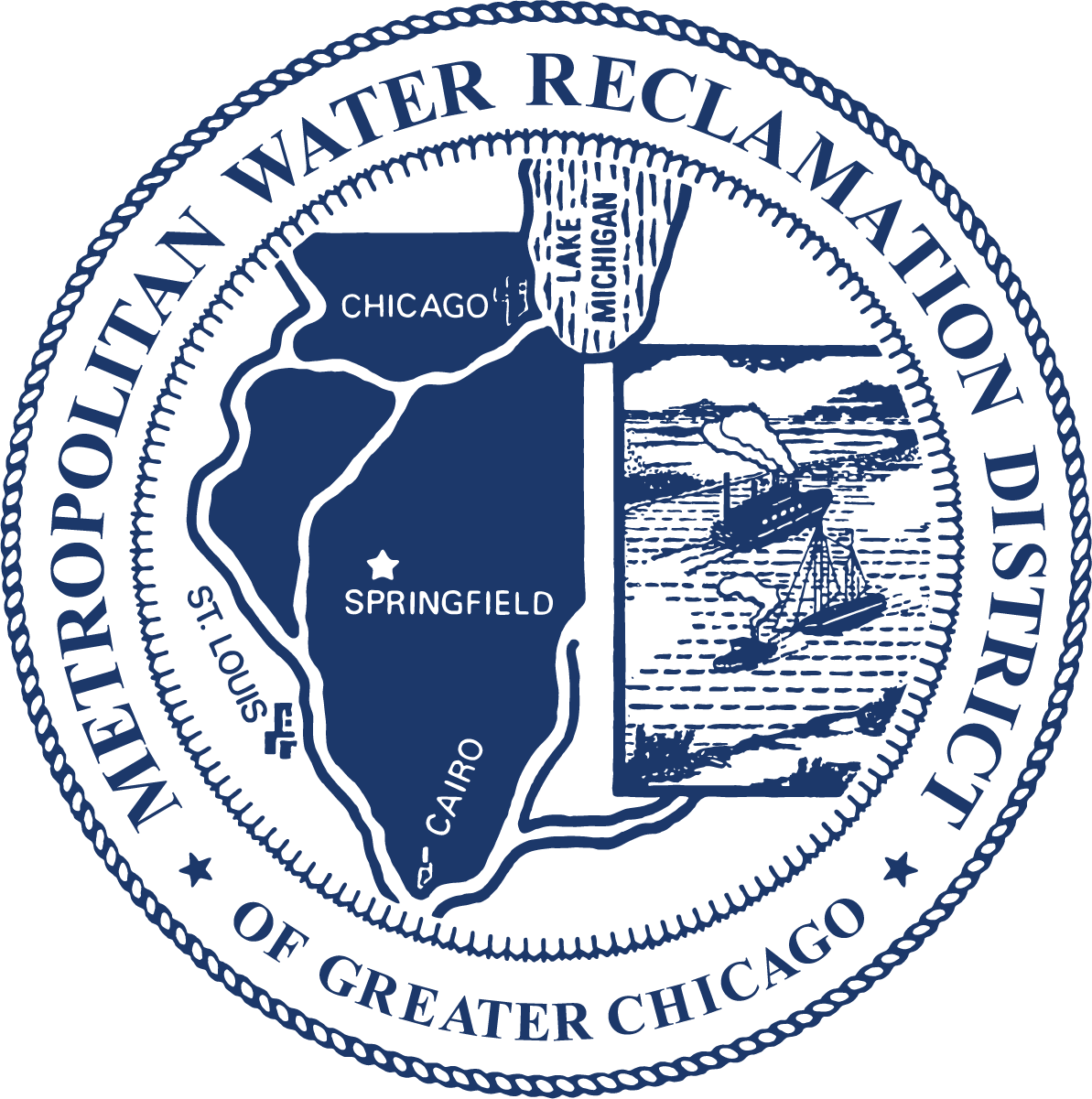Overflow Action
You can help reduce basement backups and flooding by conserving water before, during and after rainstorms.
In most of the Chicago area, rainwater goes through the same set of pipes as the water that goes down the drain in your home. When too much water enters sewers too quickly, the sewers can back up into streets and basements. Additionally, extra water in sewers can cause them to overflow into the river in some cases. Every little bit of conservation can help reduce the overall amount of water in the system.
Ways to conserve water
- Delay or reduce shower times
- Put off running the dishwasher
- Wait to wash clothes in the laundry
- Replace old and leaky faucets, toilets and showerheads with new products approved by EPA WaterSense
The MWRD sends out Overflow Action Alerts as reminders to conserve water when heavy rains are forecast.
Other ways to help
In addition to conserving water, you can do a lot more to help reduce flooding and protect water quality.

You Can Help Prevent Flooding and Protect Water Quality
The MWRD works every day to reduce flooding and protect water quality in our service area and you can help too!

Rain Barrels
We have rain barrels for sale for a low price, delivery included. Rain barrels capture rainwater from your roof and save it for later use.

Reducing Flooding
Since it was founded in 1889, the MWRD has worked to reduce flooding and provide drainage for the Chicago region.
